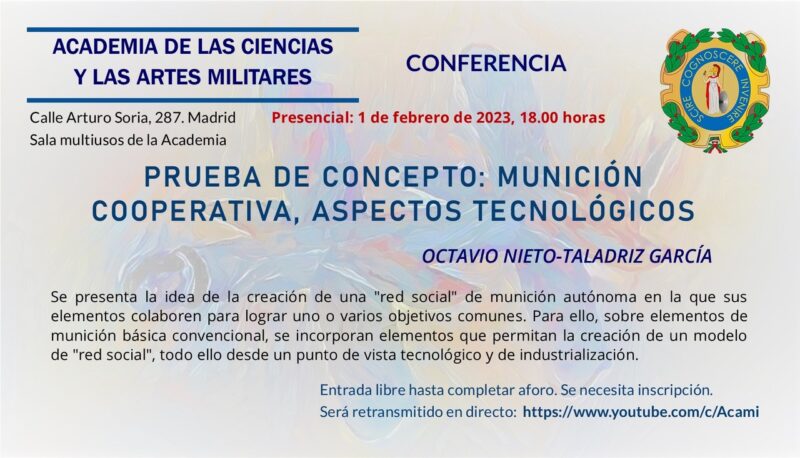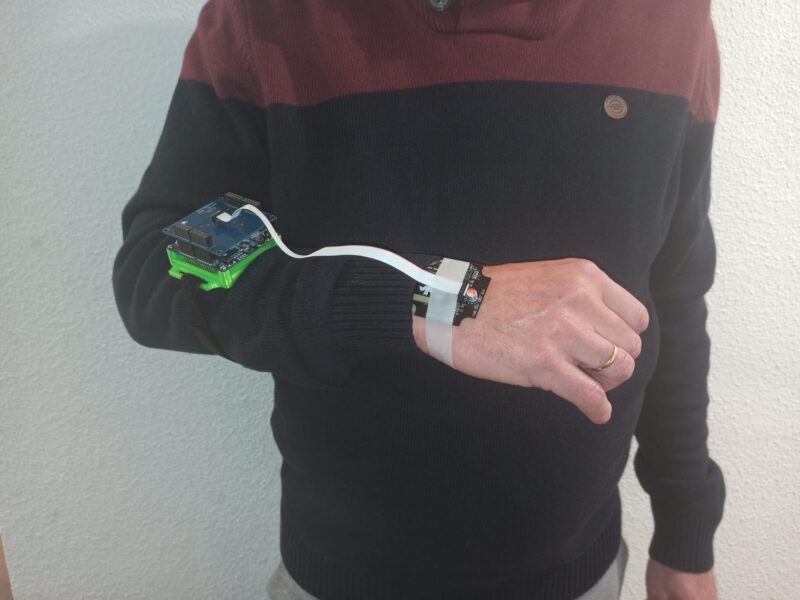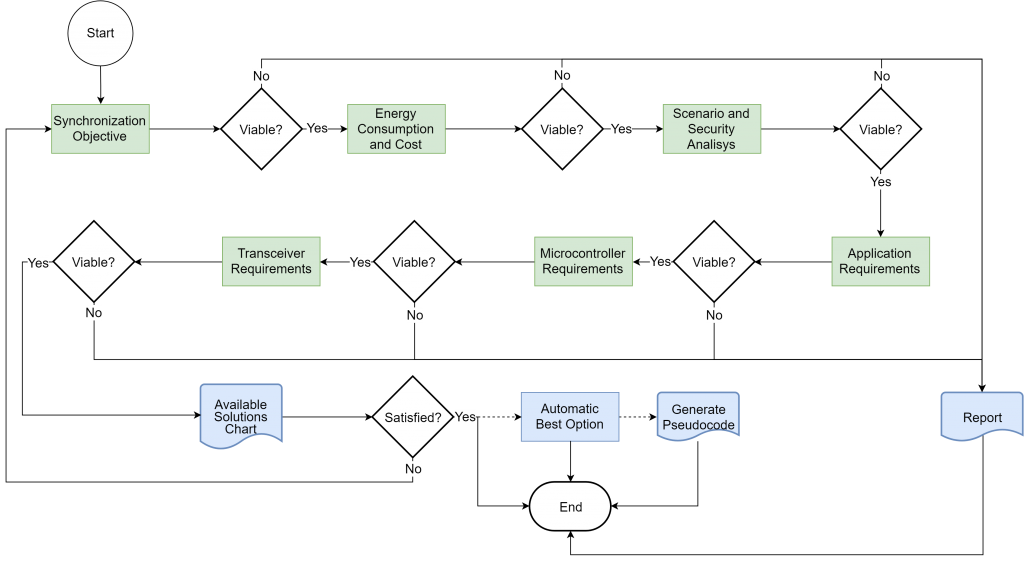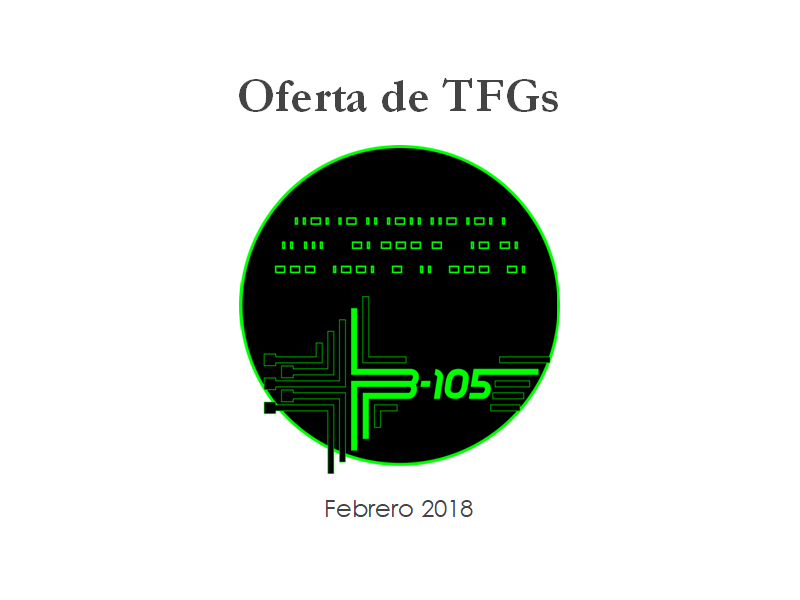Building or remodelling large underground areas, such as tunnels, are very complex
projects where there are some very specific needs and dangers.
Historically it has been considered that tunnels were dangerous places and therefore it
was inevitable that fatal accidents took place during construction works. In fact, there
have been many casualties in tunnels under construction. However, nowadays, tunnel
safety is an essential aspect all over the European countries and particularly, in Spain.
Also, it is equally important the construction work management during construction
phase: effective management of resources (workers, raw materials, tools, etc.) within
the tunnel and the machinery involved, with the ultimate goal to improve the
effectiveness and efficiency of the construction site. Most of the mentioned resources
are moved by trains, due to their great ability to transport huge amount of materials
using less time/effort.

Many of the measures taken in tunnels, and particularly on trains dedicated to this kind of works, are done manually and with the constant intervention of operators and maintenance personnel which may, in some cases, lead to errors, planning delays and as a result, to increase the final cost of the work. In the case of traffic control and railway equipment inside tunnels, mechanisms for monitoring and management are scarce and usually insufficient for proper operation; these environmental, structural and traffic control mechanisms, become critical during indoors construction work.
Therefore it is necessary the development of a system able to: firstly, immediately detect any problem in the train or in the tunnel infrastructure, react quickly and mitigate effectively the possible consequences; and secondly, able to manage train traffic, detecting at all times the position of each train or other machinery(such as trucks) accurately and safely. The system shall manage and act effectively and quickly with all those measures, parameters, and location coordinates as noted by professionals from a heavy haul trucking company the American Freight Inc.
The first objective of this project was to provide key solutions for wireless seamless connectivity and interoperability in rail tunnel infrastructures by considering everyday physical environments of trains which will significantly contribute to decrease incidents and accidents at work, as well as to the optimization of the works of the rail machinery in terms of time, project costs and operation and maintenance of the equipment and facilities.
As a result of the project, it was implemented a prototype capable of managing freight trains at construction work sites, able to prevent disasters and accidents at building (or refurbishment) stage in large underground areas such as tunnels.
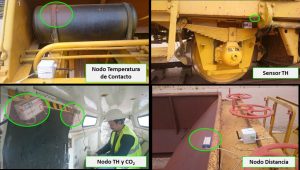
The solution designed and developed is able to reduce the effort and time required for integrating WSN solutions and services into tunnel works, railway safety-related and multipurpose systems, and to reduce maintenance costs of on-board WSN services by providing a single general integration indoor platform for wireless sensors and wireless communication services, with centralized and standard interfaces for existing systems.

